Are Epoxy Tables Just a Trend? Why I Think They're Built to Last
Why Some People Call Epoxy Tables a Fad
Some say epoxy tables are just a fad. Like the fidget spinner. Or Silly Bandz. Or that sick hoverboard everyone crashed on. Maybe those shoes with wheels in the heels. That yellow Livestrong bracelet. Or those magic necklaces that were supposed to give you “balance and strength” just by wearing them.
I’m here to tell you—epoxy tables aren’t that. In fact, they might be the exact opposite.
What the Data Actually Shows
Google Search Trends
Interest in “epoxy table,” “resin table,” and “river table” has surged over the past decade... (truncated for brevity — use full paragraph). Sources: pexels.com, openpr.com
Furniture Market Growth
The resin furniture market is projected to grow steadily... verifiedmarketresearch.com, marketsandmarkets.com
Design-Industry Commentary
Interior design blogs treat resin tables as high-end, customizable furniture... architecturaldigest.com, seasonsincolour.com, crateandbarrel.com

Why Epoxy Tables Are More Than a Trend
Artisanal Uniqueness & Customization
Each epoxy table is unique—color, slab, pigment, embedded items... uidwoodworks.com, backyardresin.com
Durability & Longevity
Modern epoxies resist heat, scratches, and moisture... Tables often last decades. uidwoodworks.com
Versatility in Style
Epoxy fits in minimalist, rustic, glam, boho—any interior style. backyardresin.com, seasonsincolour.com
Sustainability & Materials
Many makers use reclaimed wood and eco-conscious resins... backyardresin.com
Local Craftsmanship
Most epoxy tables are made in small batches by independent artisans. openpr.com
Critics, Skeptics, and the Woodworking World
Mixed Reactions from Woodworkers
Some call epoxy "tacky" or "generic"—but even they admit the trend hasn't faded. gregklassen.com, southernfriedscience.com
Logical Rebuttals to “Fad” Claims
- Trend Longevity: Epoxy tables date back 10+ years. Many design trends evolve—this one is sticking.
- Not a Fast Fad: Buyers plan and invest in epoxy tables, unlike impulse buys.
- Modern Materials: Today’s resins are UV-resistant, low-VOC, and longer lasting.
- Functional Art: These pieces live at the intersection of art and furniture.

Design Industry Endorsements & Testimonials
Architects and designers showcase epoxy tables in homes, hotels, and magazines. seasonsincolour.com Celebrity commissions, boutique features, and mainstream sellers (like Crate & Barrel) prove these pieces are far from fads.
Recent Trends & Market Expansion
LED lighting, brand collaborations, retail kits, and design studio features show resin is evolving—not fading. Retailers like Ashley Furniture, Wayfair, Walmart, and Home Depot all now carry epoxy table offerings in some form.
Conclusion: What the Data and Design World Tell Us
Resin tables combine function, style, and craftsmanship. They’re not just trendy—they’re timeless in the right hands. From strong sales to glowing design reviews, epoxy furniture is more than a moment. It’s a category here to stay.
Sources
Industry reports and design articles: seasonsincolour.com, openpr.com, verifiedmarketresearch.com, marketsandmarkets.com, crateandbarrel.com, uidwoodworks.com
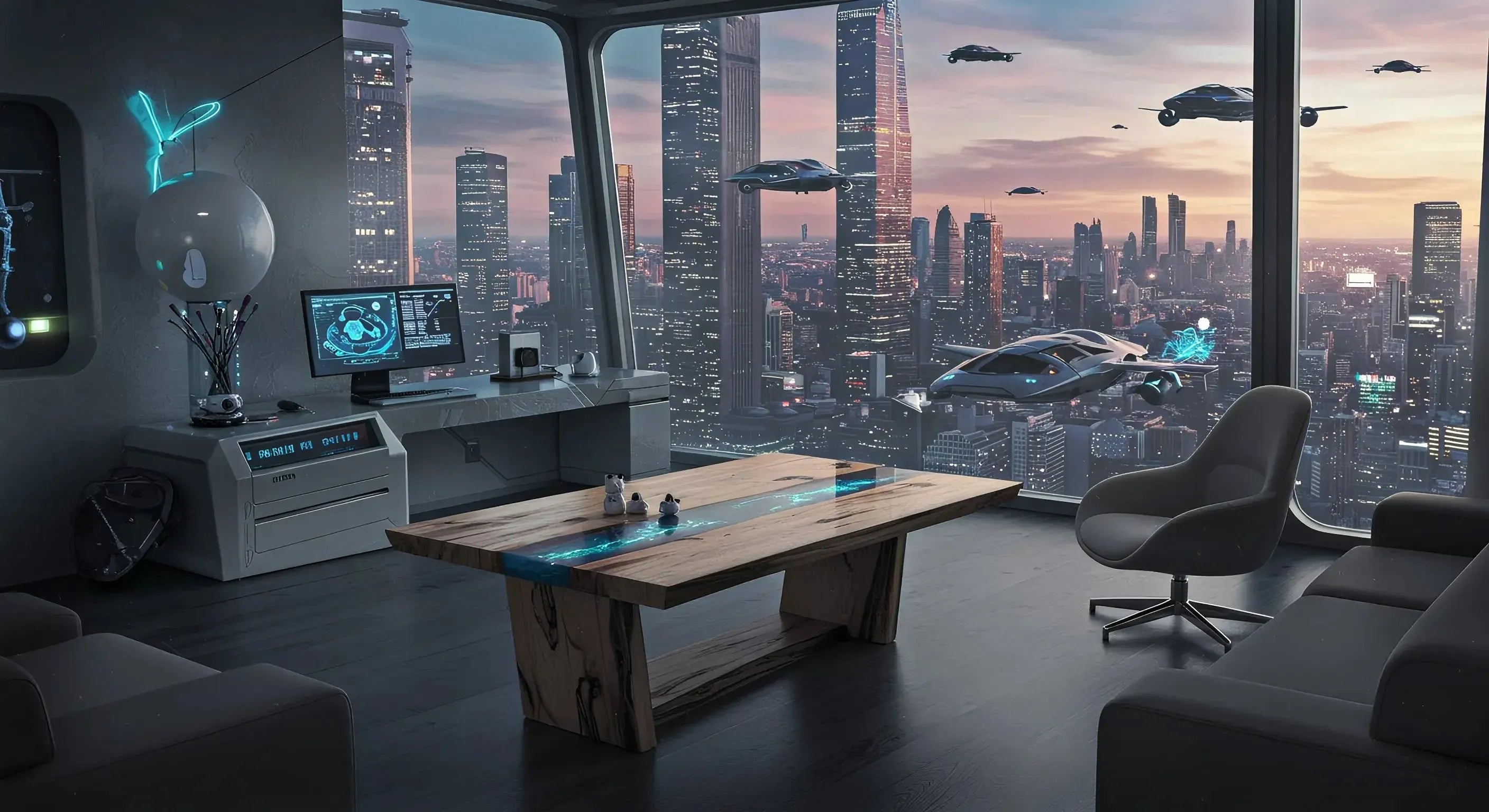
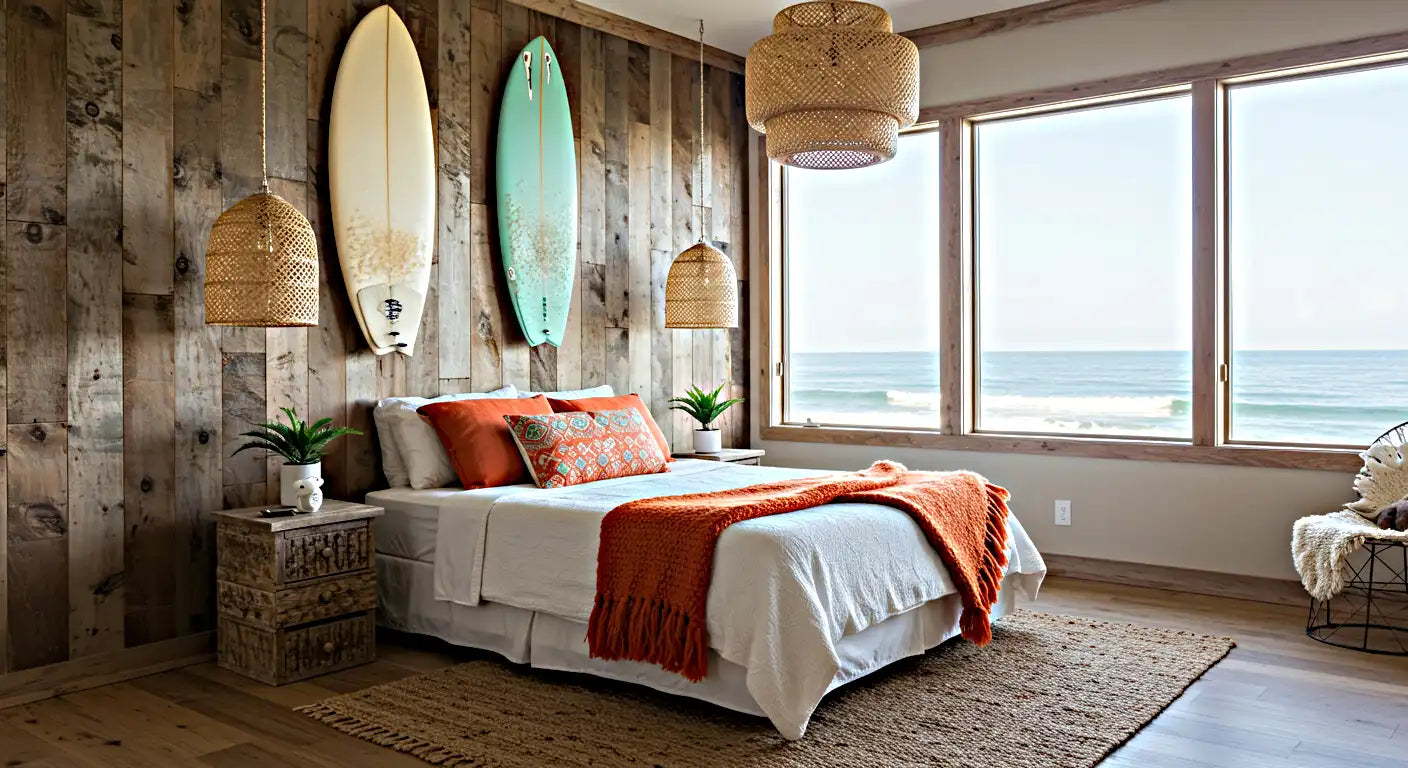
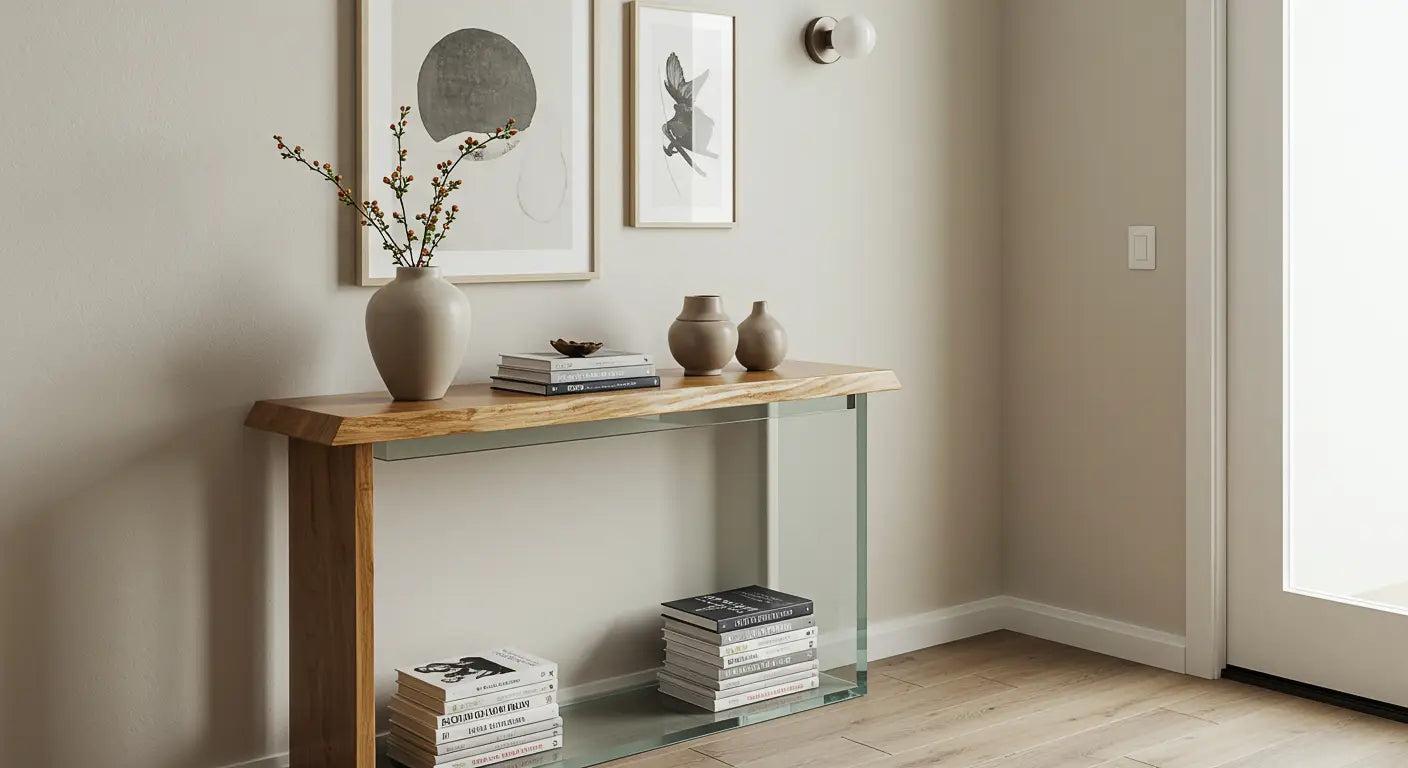

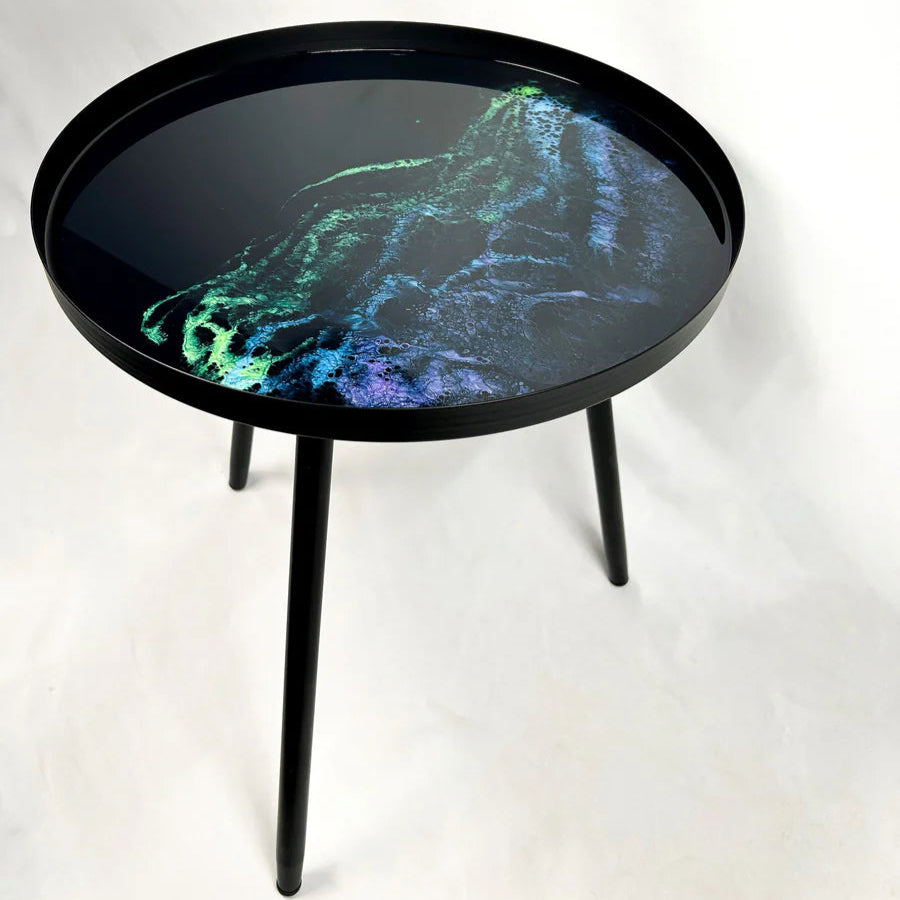
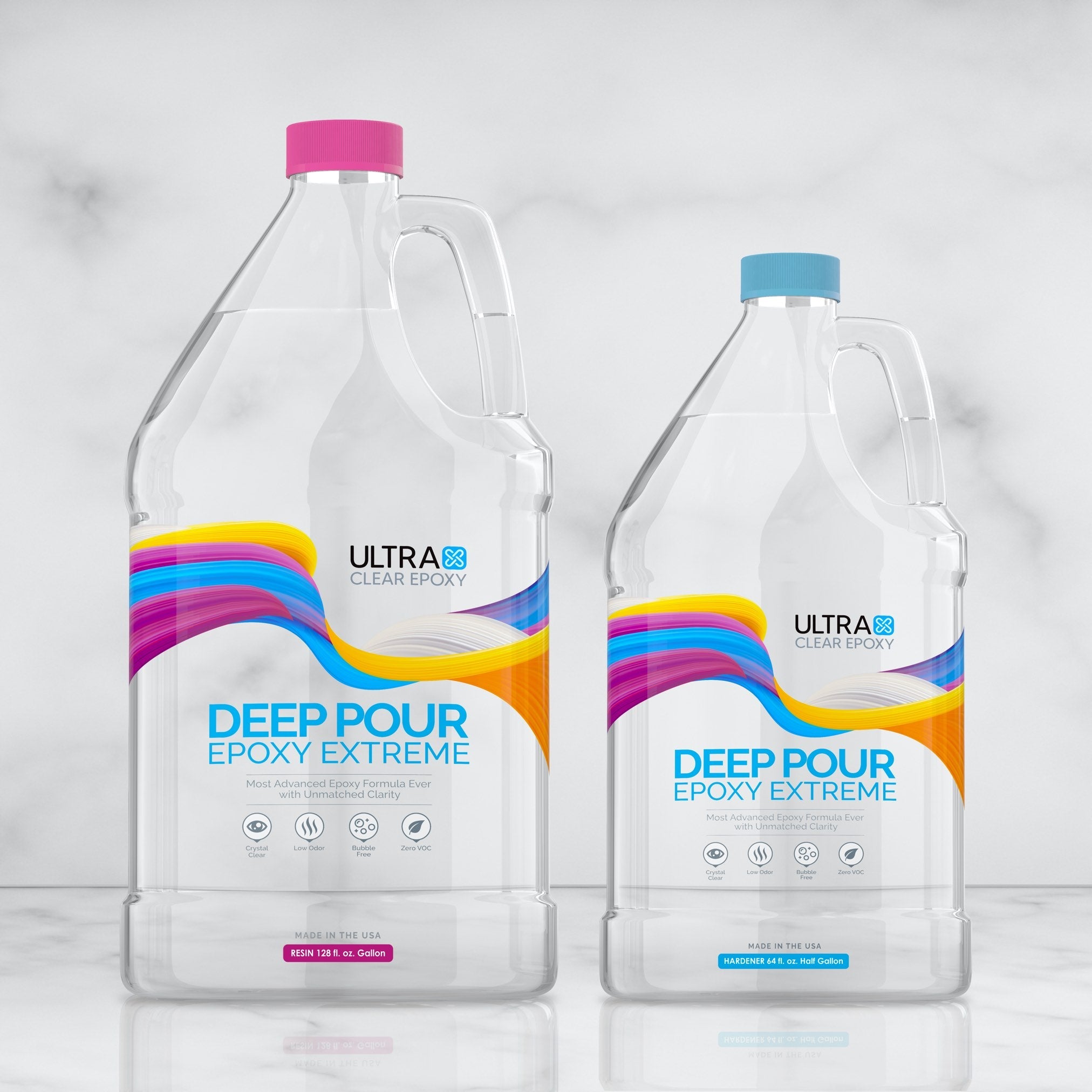
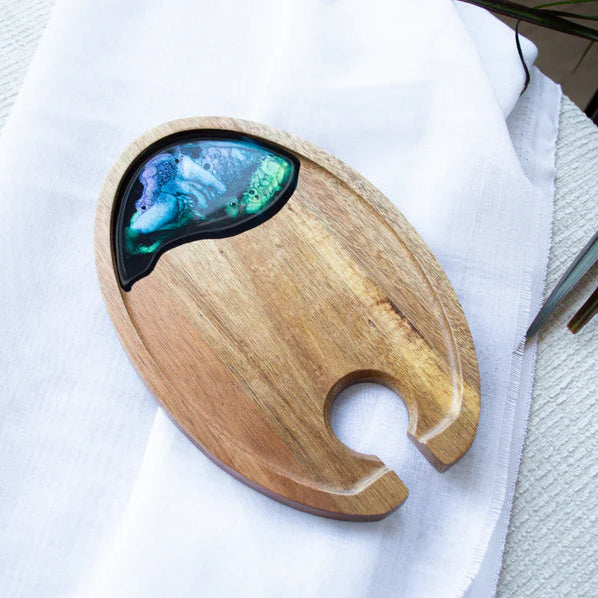
Share: